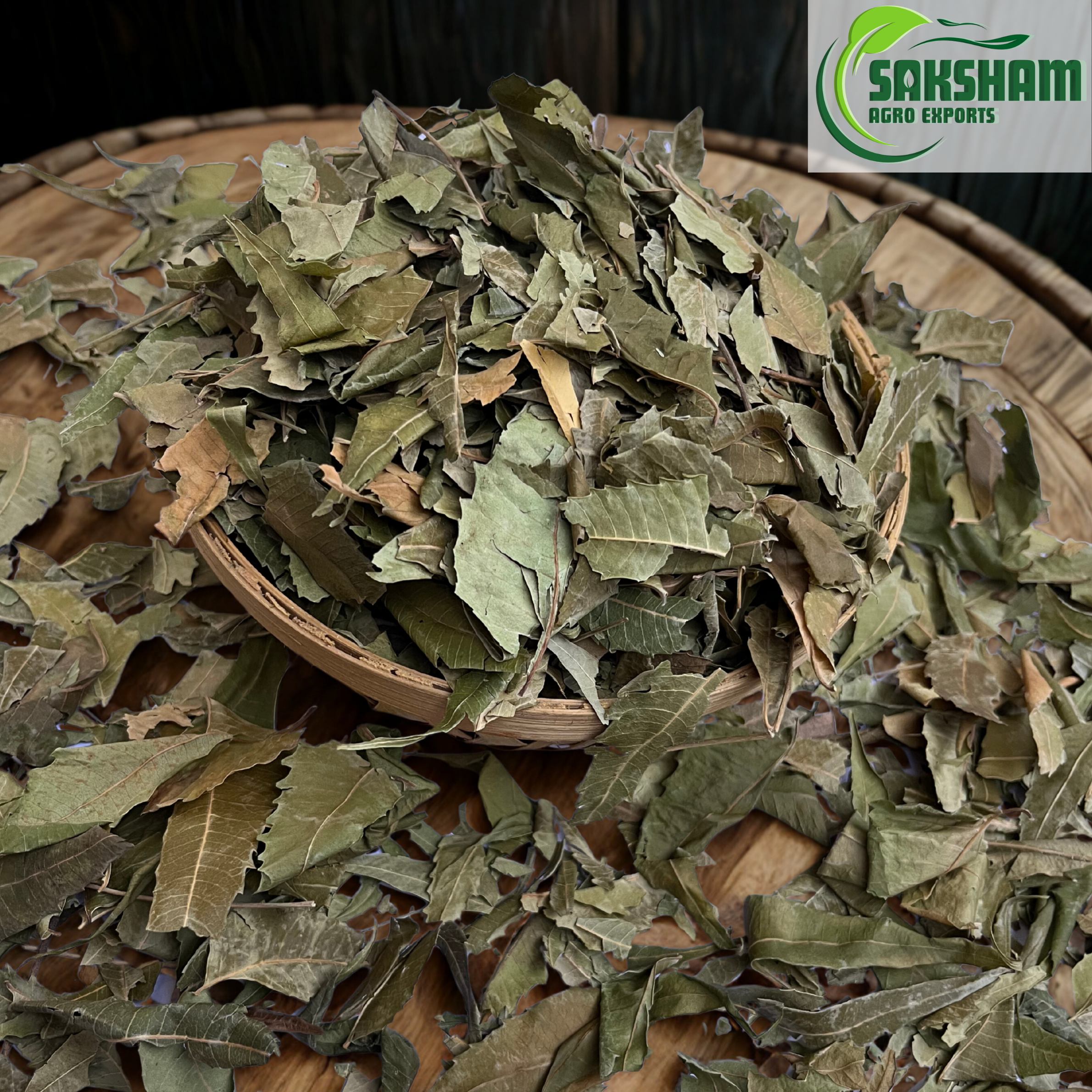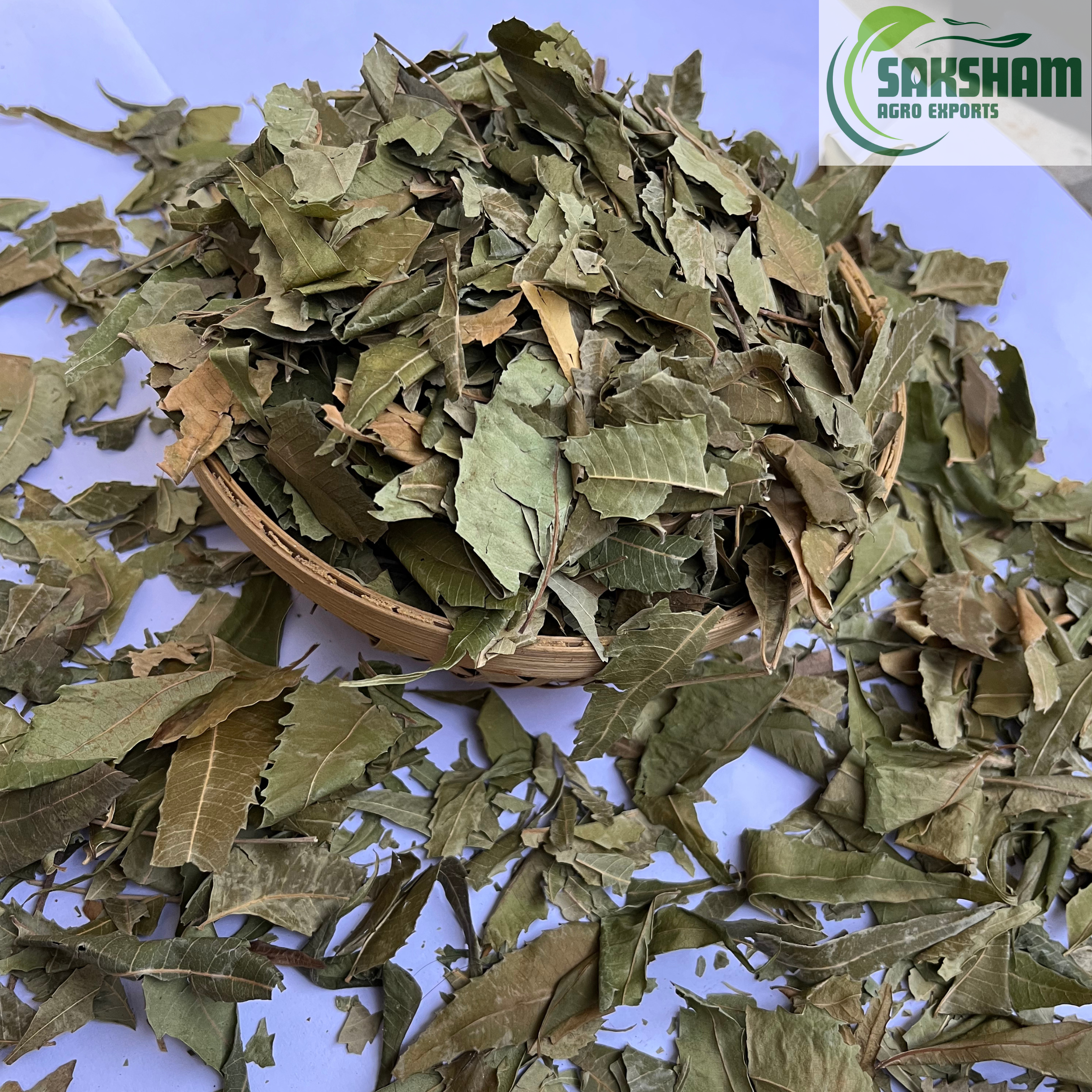Neem Leaves (Azadirachta indica A. Juss.)


Scientific Name
- Azadirachta indica A. Juss.
Common Names
- English: Neem, Indian Lilac, Margosa
- Hindi: Neem
Description
Neem, scientifically known as Azadirachta indica, is a fast-growing evergreen tree native to the Indian subcontinent and widely cultivated in tropical regions. Its leaves, bark, seeds, and oil are extensively used in traditional medicine and natural remedies. Neem is valued for its powerful antibacterial, antifungal, and blood-purifying properties, and is commonly used in skincare, dental care, and immunity-boosting formulations.
Health Benefits of Neem Leaves
Neem is considered a universal healer in Ayurveda and is often called the “Village Pharmacy”:
- Blood Purification – removes toxins and improves circulation.
- Skin Health – treats acne, eczema, psoriasis, and fungal infections.
- Antimicrobial – strong antibacterial, antiviral, and antifungal properties.
- Boosts Immunity – enhances the body’s defense system.
- Anti-inflammatory – relieves joint pain, arthritis, and swelling.
Usage of Neem Leaves
- Medicinal Uses
- Decoction (Kadha) – used for fevers, skin disorders, and blood purification.
- Neem Leaf Powder – taken with water for immunity and diabetes control.
- Neem Oil (from seeds, but leaves also used in paste) – applied for skin problems and scalp health.
- Neem Capsules/Tablets – standardized extracts for daily supplementation.
- Topical Uses
- Neem Paste – applied on wounds, acne, eczema, and rashes.
- Neem Water (boiled leaves) – used as a skin toner and for bathing in skin diseases.
- Hair Rinse – boiled neem water used for dandruff and lice removal.
- Cosmetic/Household Uses
- Found in soaps, shampoos, creams, and toothpaste.
- Neem-based pest repellents and organic pesticides in agriculture.